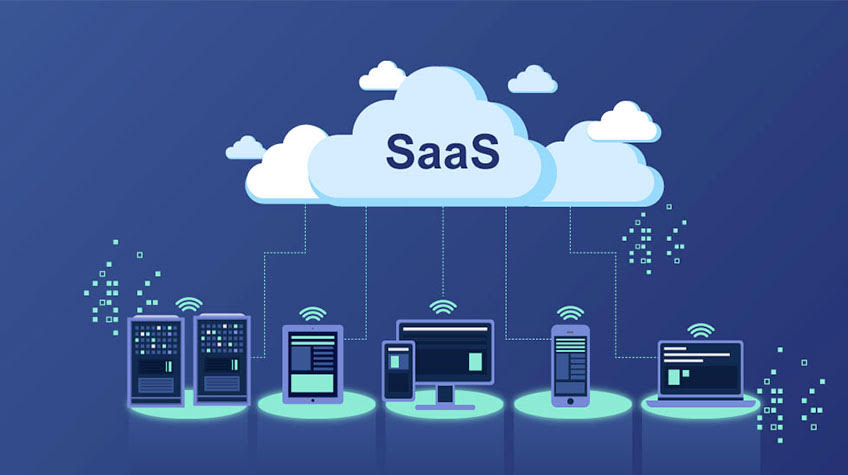Education is perhaps one of – if not the – most important industry in the world. It is important that schools in the present day have modern technology at their disposal in order to run an efficient organization while empowering students in the best way possible. This is why the federal government first established the E-rate program in the '90s. The beginning of the Internet's rise to societal importance placed a lot of pressure on learning institutions to obtain quality hardware and programs that can help modernize the classroom, and the government was called upon to help subsidize some of the costs that would need to be incurred.
While E-rate has helped to provide financial relief to countless schools, technology has evolved in significant ways since the language of the program was first drafted. While a great deal of schools are able to access the Internet in some way, the networks that they have in place are grossly outdated. But according to Education Week contributors Benjamin Herold and Sean Cavanagh, officials have heard the call of the people and made modern changes to E-rate – including an increase in funding that brings the program's total value from $2.4 billion to $3.9 billion annually.
"Federal officials have dramatically overhauled the E-rate program to prioritize expanded support for broadband and wireless connectivity, through the approval of a series of changes that have been widely hailed by education, library, technology, and industry groups as much needed and long overdue," wrote Herold and Cavanagh. "The capstone came [in December], when the Federal Communications Commission approved a $1.5 billion annual funding increase for the program, which subsidizes schools' and libraries' purchases of telecommunications services."
While these changes in education and information technology are welcome, the restructuring of the program means that schools are going to have to make certain adjustments in order to still be eligible and receive the funding that they need. This will involve migrating away from landline connections and moving legacy systems into IP settings. One of the most powerful ways to accomplish this is through the implementation of online fax service like the kind available through FaxCore.
In the first part of this series, we'll talk about the history of E-rate. Later, we will discuss how the program is changing and specifically what should occur in order for schools to be eligible.
How E-rate came to be
The Internet was once a new idea and a fringe technology. But as it began to take hold, it became increasingly apparent that this new channel could be a valuable educational tool. This was one of the ideas that helped to create the Schools and Libraries Program, more commonly known as E-rate.
According to the U.S. Department of Education, E-rate "provides discounts of up to 90 percent to help eligible schools and libraries in the United States obtain affordable telecommunications and internet access." The program was implemented specifically to make sure that students and teachers in K-12 facilities have adequate telecom resources without having to be as concerned about the money involved in procuring them. Eligible schools must also "carry out a competitive bidding process" in order to secure the lowest possible price.
The phrase "modern technology," however, does not necessarily have a fixed definition. It used to be that all communications – phone, fax, Internet, etc. – were all routed over the copper landlines that have connected the world for generations. The language of the E-rate bill was constructed at a time when the idea of wireless connectivity was as fictional to the general public as lightsabers and teleporters. Thankfully, things are starting to change. We'll talk more about how E-rate is keeping up with technological evolution in the next portion of this series.




